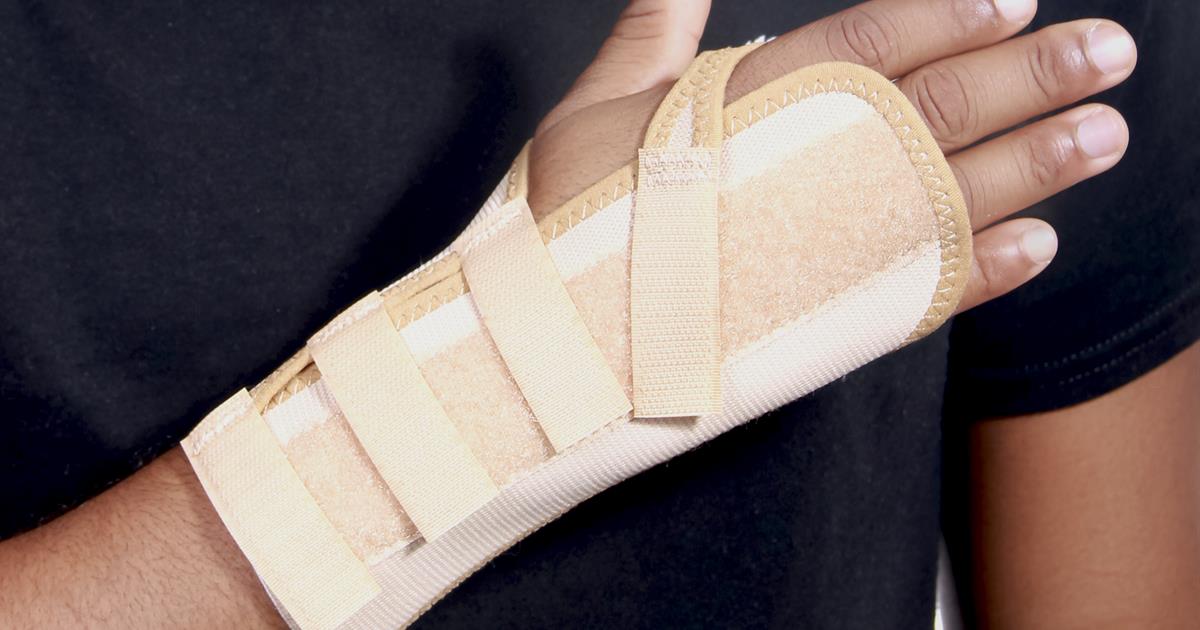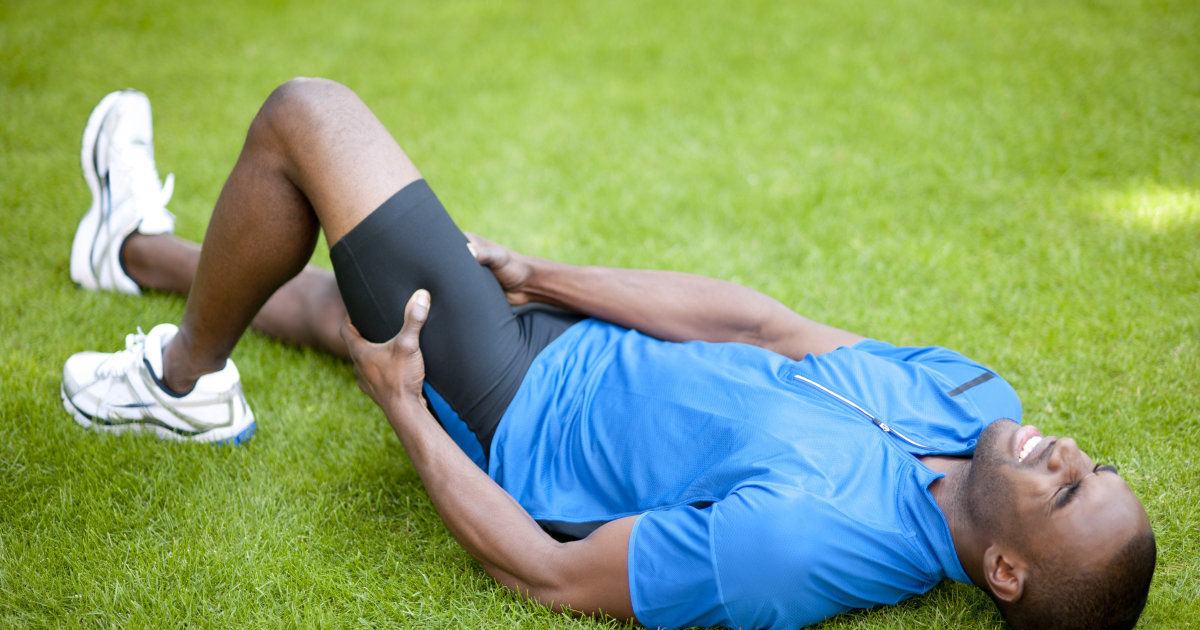What Conditions Diathermy Helps Treat
Diathermy is a treatment that stimulates the generation of heat within the body tissues using a high-frequency current of electricity. Usually, diathermy is used therapeutically to treat joint and muscle conditions. The electrical current is able to effectively produce heat up to two inches underneath the surface of the skin into the targeted tissue. Diathermy does not involve the application of heat to the body, but it does give the body the ability to generate its own heat inside of the targeted tissue.
There are three different types of diathermy treatment: shortwave, microwave, and ultrasound diathermy. Shortwave diathermy utilizes electromagnetic energy for heat generation. Microwave diathermy generates heat in the tissues by utilizing microwaves. Ultrasound diathermy generates heat from tissue vibrations that result from the target application of sound waves into the deep tissues. Get to know what medical conditions diathermy can help treat now.
Strains And Sprains

The terms strain and sprain are often used correspondently by the general public to characterize soft joint tissue overstretching. Medically, however, the two terms mean different things. A sprain is overstretching that affects what is called a ligament, or the stretchy tissue bands that attach two bones to each other at a joint. A strain is an overstretching that affects what is called a tendon, or the dense fibrous cord-like tissues of which attach the muscles to the bones. Strains tend to cause spasms of the muscles in the affected area, while sprains may cause the affected joint to become bruised. Diathermy is used in severe cases of sprains and strains where physical therapy is most likely involved. The tendons and ligaments affected by sprains and strains respond best to ultrasound diathermy because they can absorb these waves better the other types. Application of diathermy to muscle strains and sprains is known to help with the tendon and ligament elasticity and enhance the range of movement. Diathermy is also used frequently prior to physical therapy sessions to help prepare the sprain or strain.
Learn about the next condition diathermy can help treat now.
Muscle Spasms

Muscle spasm means the same thing as a muscle cramp. This happens when a muscle forcibly and rapidly has a contraction and then is unable to relax. Muscle spasms can occur in all or part of a single muscle, or they can occur in a number of muscles within a muscle group. Spasms of the muscles most often occur in the calves, hands, abdomen, thighs, foot arches, arms, and the ribcage. A muscle spasm can last anywhere between a few seconds to over fifteen minutes. An occasional muscle spasm is normal and usually does not cause enough distress to warrant medical treatment, however, some individuals suffer from chronic and frequent muscle spasms that need medical intervention. Shortwave diathermy is the best type of diathermy to treat muscle spasms, as it primarily acts on the deep structures called muscle spindles. When the muscle spindles are heated up using the shortwave diathermy approach, the processes of which convey messages to the spinal cord about the 'stuck' muscle tend to decrease. This causes the affected muscle to be able to relax.
Continue reading to get the details on the next condition diathermy can help treat now.
